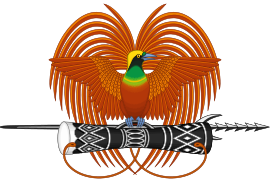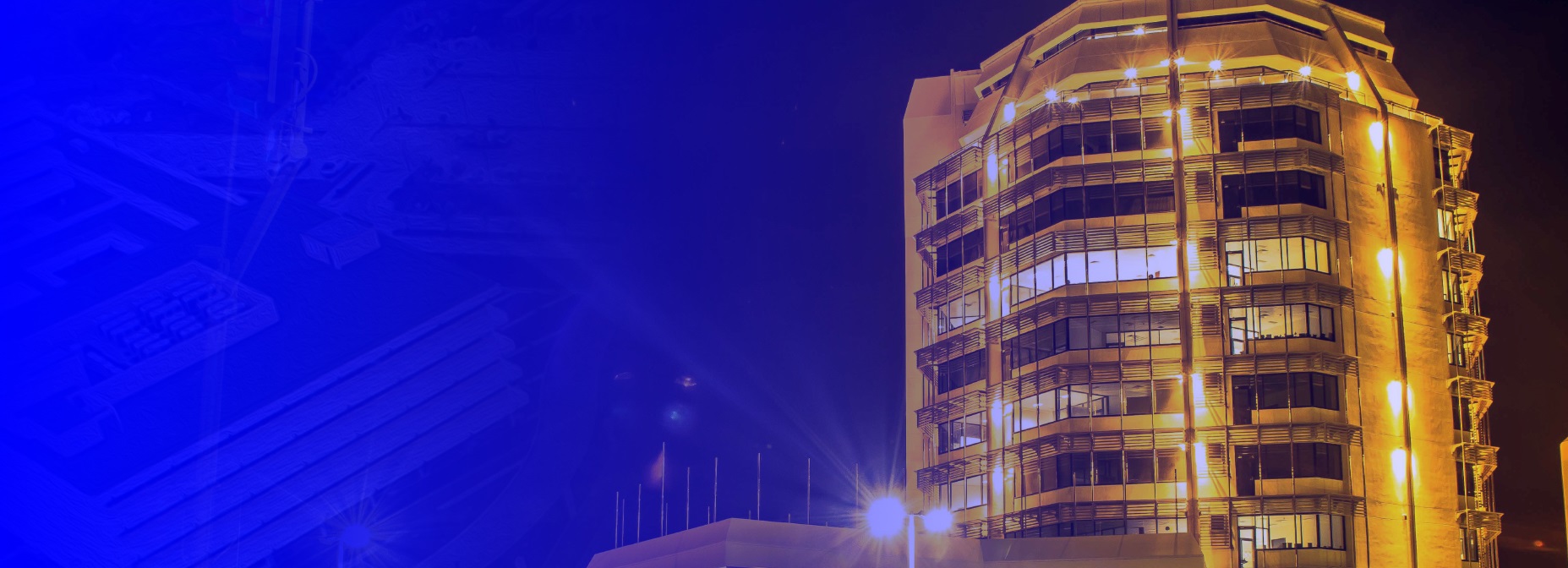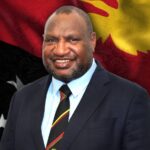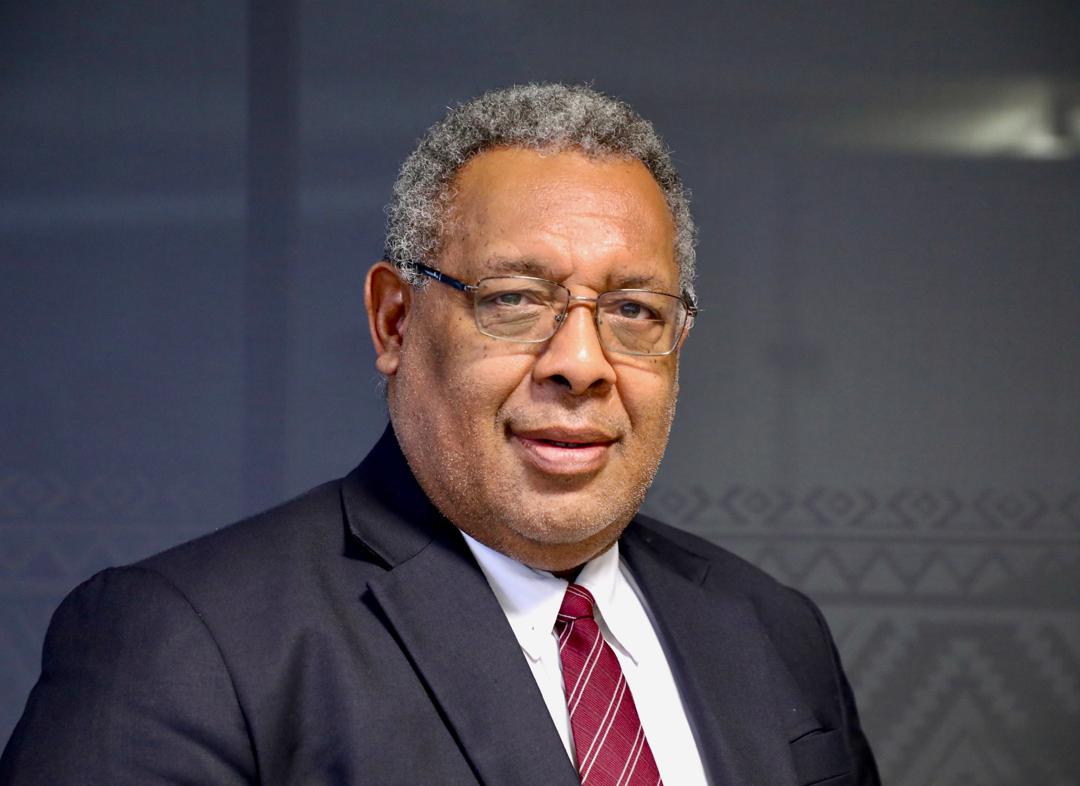Chief Secretary Mr. Ivan Pomaleu has announced that, effective this week, Department of Prime Minister and National Executive Council (NEC), together with the Prime Minister’s Office, will be operating from the proposed Somare Haus, located directly opposite Parliament Haus and in close proximity to the National and Supreme Courts. This relocation marks a significant step in the Government’s long-term plan to centralise all key Government offices within the Waigani Precinct, to improve efficiency and inter-departmental collaboration.
In addition to the relocation, the Chief Secretary addressed the proposal to rename Melanesian Haus to Somare Haus, clarifying that consultations, including with the Somare family, will be conducted before the official renaming on the anniversary of Sir Michael Somare’s passing.
“The late Grand Chief Sir Michael Thomas Somare, the father of our nation, currently has no major office building named in his honor. I believe it is fitting that the Office of the Prime Minister and National Executive Council (NEC) should carry his name as a lasting tribute to his legacy,” Chief Secretary Pomaleu said.
He further stated, “This move of offices from Sir Manasupe Haus is a key part of our strategy to streamline Government operations and foster closer coordination between the Executive, Judiciary, and Legislature.”
The Ministry and Department of the Prime Minister, along with the NEC, will be transitioning from Sir Manasupe Haus to Somare Haus starting this week. This move, as Chief Secretary Pomaleu explained, underscores the Government’s commitment to creating a more unified and efficient administrative hub in the nation’s capital.
Chief Secretary Pomaleu highlighted the importance of centralising key Government offices to enhance coordination and productivity. “It is essential that all major Government departments and agencies operate within the Waigani area to ensure seamless communication and movement. These offices should not be spread across the Central Business District or in residential or recreational zones,” he explained.
He acknowledged that certain offices may remain in other parts of the city due to specific operational needs but reiterated that the Government’s priority is for the Executive, Judiciary, and Legislature to operate in close proximity to each other. This is a critical part of the Government’s broader vision to build a more integrated and cohesive administration in Port Moresby.
Chief Secretary Pomaleu also emphasised that the close proximity of the three arms of government strengthens security and ensures the preservation of key national landmarks. These landmarks include Independence Hill, the Prime Ministerial Burial Site, the National Museum, National Library, National Archives, State House, Sir Michael Somare Peace and Unity Park, the National and Supreme Courts, and Parliament.
“With all these critical national institutions in one location, we will significantly enhance security with surveillance cameras, enforce strict rules against loitering, littering, betel nut chewing and spitting, and undertake landscaping projects that reflect the stature of our nation’s capital. These efforts are part of repositioning Waigani as the central hub of Papua New Guinea, looking beyond 50 years of independence,” the Chief Secretary stated.
He also referenced past security incidents, including attacks on Parliament and the Prime Minister’s Office by rogue members of the disciplinary forces, mentioning key events such as the 1997 Sandline Crisis, the 2011 political standoff, the 2018 Parliament attack, and the January 10, 2024 attack on Sir Manasupe Haus.
“The proximity of the three arms of government not only enhances our security measures but also ensures that future prime ministers recognise they are not above the judiciary or Parliament. All three arms must work in harmony to serve our nation,” said Chief Secretary Pomaleu.
Furthermore, the Chief Secretary noted that consolidating government offices into Morauta Haus and Sir Manasupe Haus would generate savings from reduced rental costs, which would be used to fund the costs of construction of Somare Haus over a 10 to 15-year period.







